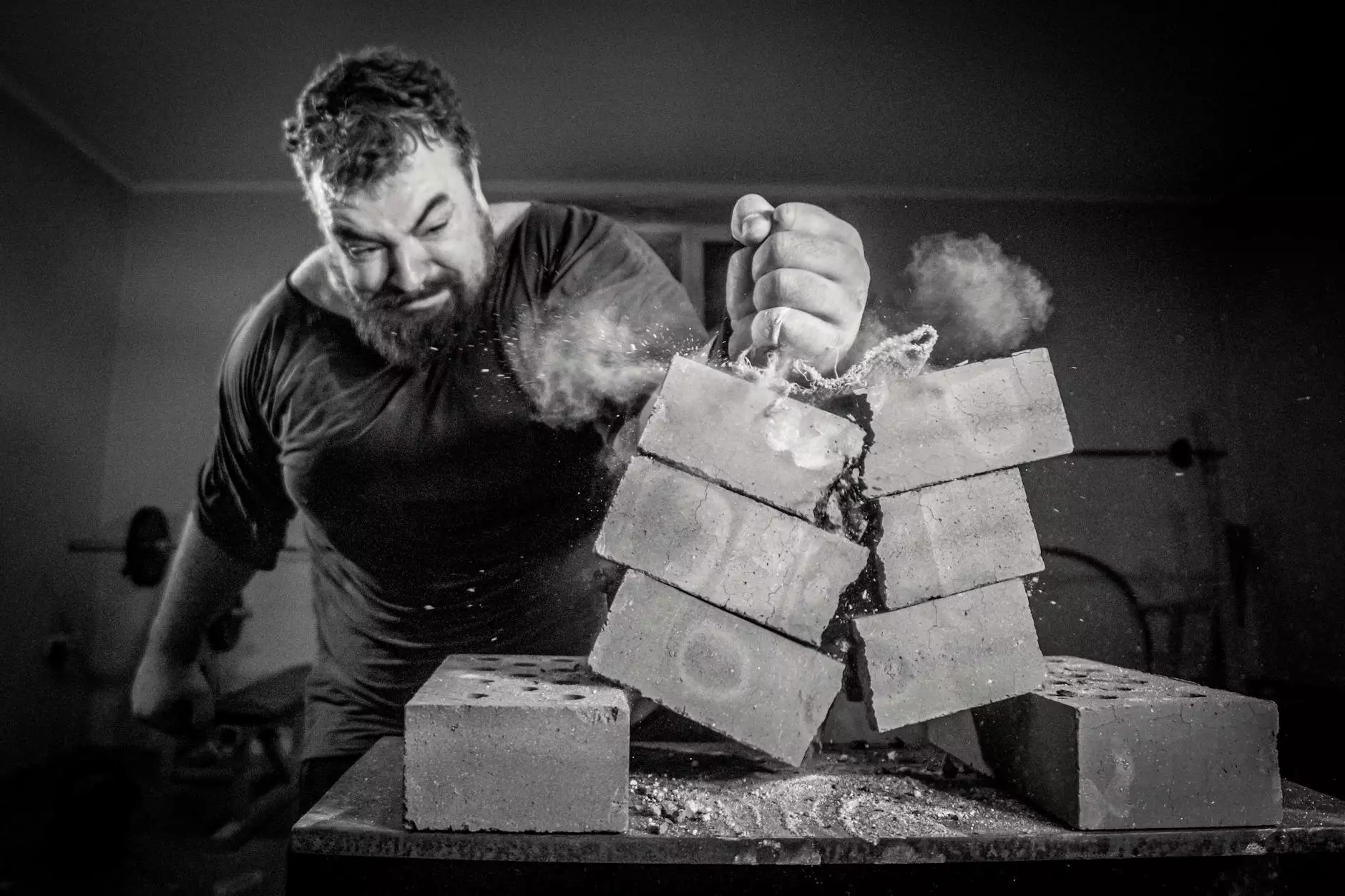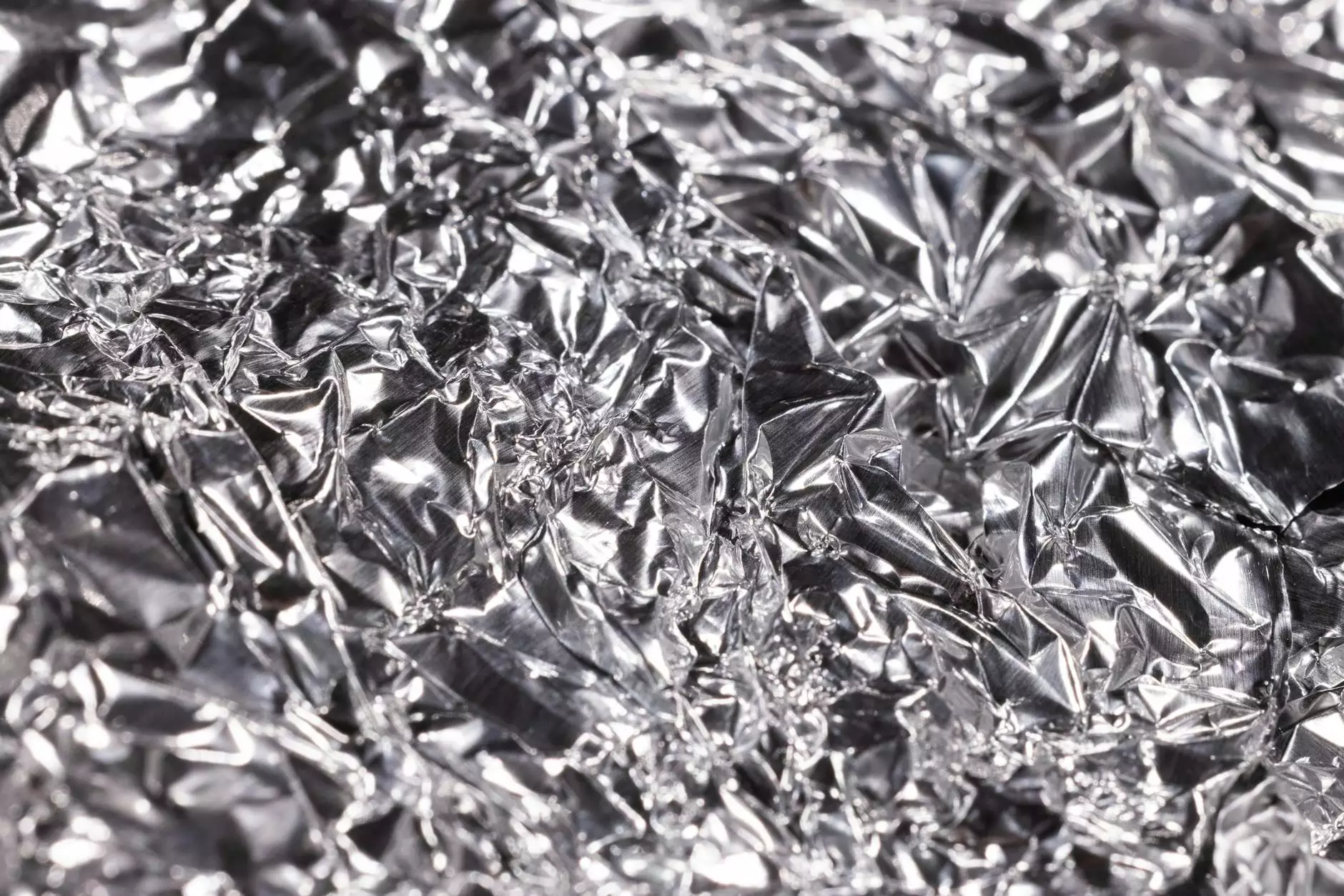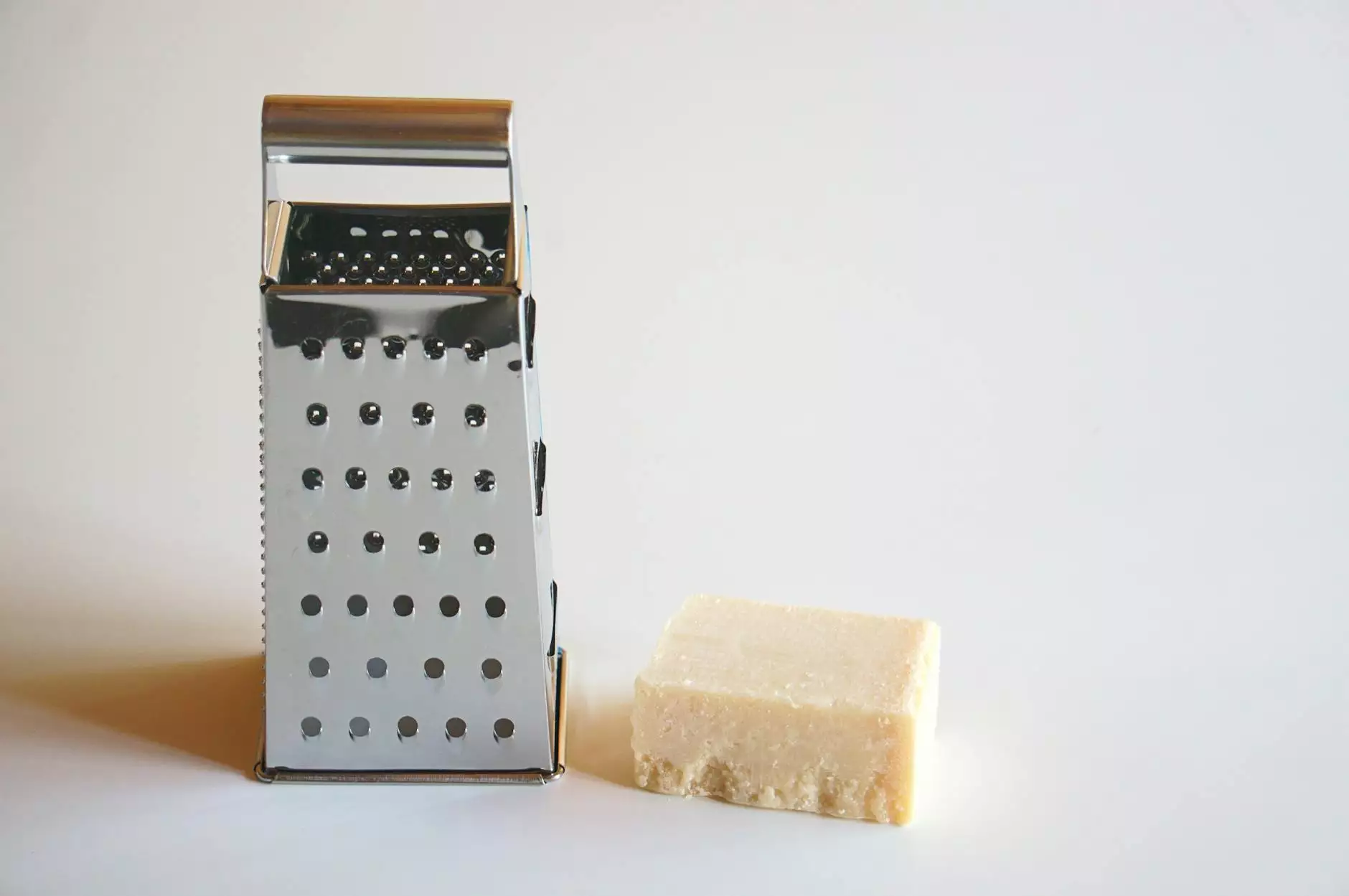Understanding Postnatal Pilates and Diastasis Recti

The journey through motherhood introduces numerous changes to a woman's body, particularly following childbirth. One common concern that many new mothers face is diastasis recti, a condition characterized by the separation of the abdominal muscles. If you are a new mother looking to reclaim your strength and stability, postnatal pilates could be the solution you need to address diastasis recti effectively.
What is Diastasis Recti?
Diastasis recti occurs when the right and left sides of the rectus abdominis muscle, also known as the "six-pack" muscle, become separated due to the stretching of the connective tissue (linea alba) during pregnancy. This separation can lead to various physical issues, including:
- Lower back pain
- Postural problems
- Functional difficulties such as issues with bending, lifting, and carrying
- Cosmetic concerns like the appearance of a bulging belly
The Role of Pilates in Recovery
Pilates is a form of exercise that focuses on strengthening the core muscles, improving flexibility, and promoting overall body awareness. This approach is vital for new mothers as it enhances recovery after childbirth and helps in healing diastasis recti. The principles of Pilates align perfectly with the goals of recovery:
Key Benefits of Postnatal Pilates for Diastasis Recti
- Strengthens the Core: Targeted exercises work the deep abdominal muscles, which support the rectus abdominis, promoting healing.
- Improves Posture: Pilates emphasizes pelvic alignment and spinal health, reducing strain on the back.
- Enhances Physical Function: Engaging in Pilates helps restore your body's functional capacity, making daily activities easier.
- Increases Mindfulness: The practice encourages a mind-body connection, aiding in body awareness and reducing postpartum anxiety.
- Promotes Relaxation: Breathing techniques taught in Pilates can help reduce stress and promote overall well-being.
Getting Started with Postnatal Pilates
If you're considering postnatal pilates for diastasis recti, it's essential to approach it mindfully. Here are steps to help you begin:
1. Consult a Healthcare Professional
Before starting any exercise program, including Pilates, consult your doctor or a qualified physical therapist to assess your condition and ensure it’s safe for you.
2. Choose the Right Class
Look for classes specifically designed for postnatal women. Many studios and online platforms offer specialized programs focusing on diastasis recti recovery.
3. Focus on the Basics
Start with basic breathing exercises and gentle movements. These foundational exercises will prepare your body for more advanced movements later on.
4. Stay Consistent
Consistency is key in any exercise regimen. Aim to practice Pilates several times a week to maximize the benefits.
Effective Postnatal Pilates Exercises for Diastasis Recti
Here are some safe and effective exercises to consider (always perform these exercises under the guidance of a certified instructor):
1. Diaphragmatic Breathing
This fundamental exercise helps engage your core muscles. Lie on your back with your knees bent. Place your hand on your abdomen and take deep breaths, allowing your belly to rise and fall. Inhale deeply, filling your lungs and engaging your abdominal muscles.
2. Pelvic Tilts
Lie on your back with your knees bent. As you exhale, gently flatten your lower back against the mat by tilting your pelvis. Inhale and return to the starting position. This exercise helps activate the deep core muscles.
3. Heel Slides
Start in the same position as the pelvic tilt. Slowly slide one heel away from you while keeping your back flat against the mat. Alternate legs to enhance core stability.
4. Modified Plank
Begin on your hands and knees. To modify, lower your forearms to the mat. Engage your core while keeping your back flat. Hold for 10-30 seconds, ensuring you don't let your belly sag.
5. Side-Lying Leg Lifts
Lie on your side with your legs stacked. Lift your top leg to hip height while keeping your core stable. This exercise helps strengthen the obliques, which aid in stabilizing the core.
Common Mistakes to Avoid
When practicing postnatal pilates for diastasis recti, it's crucial to avoid certain pitfalls that may impede your recovery:
- Overexertion: Listen to your body and rest when needed. This process takes time.
- Inadequate Alignment: Ensure proper alignment in each posture to prevent additional strain.
- Neglecting Breathing: Breath awareness enhances engagement in your core. Never hold your breath during exercises.
The Importance of Professional Guidance
While many online resources can help you with postnatal pilates, personalized guidance from a qualified instructor is invaluable. At Hello Physio, we specialize in health and medical care, providing tailored pilates classes focused on sports medicine and physical therapy. Our experienced instructors will ensure that your exercises are adapted to your unique needs, helping you achieve optimal results safely.
Testimonials from New Mothers
Many women have found relief and strength through our postnatal pilates programs. Here are a few testimonials:
"Joining the postnatal pilates class at Hello Physio was a game-changer for me. I was scared of working out after my baby, but my instructor was so supportive and knowledgeable!" - Sarah, New Mother.
"I never knew I would find a community of moms that understood my struggles with diastasis recti. The classes are not just workouts; they are nurturing environments for healing." - Emily, New Mother.
Conclusion
Postnatal pilates for diastasis recti is a powerful tool for healing and recovery after childbirth. By focusing on core strength, improving posture, and enhancing functional movement, new mothers can regain their confidence and vitality. At Hello Physio, we are dedicated to supporting your journey towards wellness and empowerment through comprehensive physical therapy and tailored exercise programs.
If you're ready to take the next step towards recovery and strength, contact us today to learn more about our postnatal pilates classes and how we can assist you in your journey!
postnatal pilates diastasis recti








